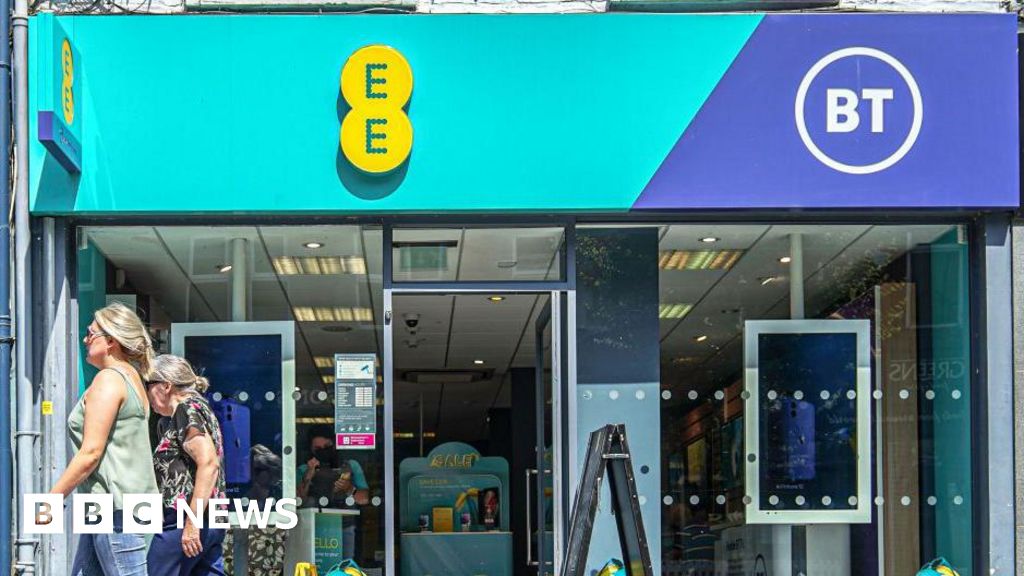The tech world buzzed with excitement in 2021 when Swiss engineer Pillonel accomplished what Apple claimed impossible by creating the first USB-C iPhone. That viral project captured imaginations across the repair community and demonstrated that proprietary limitations could be overcome through clever engineering. Now, after years of refinement, Pillonel has transformed his one-off experiment into a practical solution that could extend the lifespan of millions of older iPhones.
His latest innovation takes the form of an elegant case that slides over existing Lightning-equipped iPhones, instantly adding full USB-C functionality without requiring any internal modifications or technical expertise. The solution represents a breakthrough in sustainable technology design, offering users a path to modernize their devices without contributing to electronic waste through premature upgrades.
The case incorporates sophisticated custom circuitry that handles fast charging protocols and high-speed data transfer capabilities seamlessly. Unlike typical adapter solutions that often fail under stress or break with regular use, this engineering approach creates a robust connection that maintains reliability over extended periods.
Engineering breakthrough solves compatibility crisis
The technical achievement behind the case extends far beyond simple port conversion. Pillonel developed a custom circuit board that translates signals between USB-C and Lightning protocols while maintaining full compatibility with features like CarPlay and rapid charging systems. This sophisticated translation layer ensures that users experience no functional compromises when adopting the new connector standard.
The case connects directly to the iPhone’s Lightning port through an internal interface, eliminating the fragility issues that plague external adapters. This design approach allows the USB-C port to function as if it were originally integrated into the device, supporting the full range of modern connectivity standards that users expect from contemporary smartphones.
The engineering challenges involved in creating this seamless integration required years of development and testing. The final product represents a masterclass in miniaturized electronics design, cramming complex circuitry into a form factor that maintains the iPhone’s original aesthetic and ergonomic properties.
Sustainability mission drives Pillonel innovation
The motivation behind this project extends beyond technical curiosity into broader questions about planned obsolescence and sustainable technology consumption. Pillonel has positioned his work as a direct response to practices that encourage consumers to discard functional devices simply because connector standards have evolved.
Millions of Lightning-equipped iPhones remain in active use despite Apple’s transition to USB-C on newer models. These devices often possess years of remaining functional life, yet their proprietary charging ports increasingly isolate them from the broader ecosystem of modern accessories and charging infrastructure.
The case offers these device owners a pathway to extend their iPhone’s useful life while embracing universal charging standards. This approach aligns with growing consumer awareness about electronic waste and the environmental impact of frequent device replacement cycles.
Market timing creates perfect opportunity
Apple’s recent transition to USB-C connectivity on iPhone 15 models has created an interesting dynamic in the smartphone market. While newer devices benefit from universal charging compatibility, the vast installed base of Lightning-equipped iPhones represents a significant opportunity for innovative solutions.
The timing of Pillonel’s case launch coincides with increasing consumer frustration over maintaining multiple charging standards for different devices. As USB-C becomes the dominant connector across laptops, tablets, and Android phones, Lightning iPhone users find themselves increasingly isolated from universal charging solutions.
Industry observers note that this transition period creates unique market conditions where innovative products can bridge the gap between old and new standards. The case represents exactly this type of transitional technology that serves specific user needs during periods of industry standardization.
Future implications for repair movement
Pillonel’s work extends beyond individual product development into broader advocacy for user rights and repair accessibility. His previous projects, including USB-C cases for AirPods, have consistently demonstrated that proprietary limitations often reflect business decisions rather than technical necessities.
The success of these projects has inspired a growing community of engineers and makers to challenge conventional assumptions about device modification and upgrade pathways. This grassroots movement emphasizes user empowerment over manufacturer control, advocating for technologies that extend device lifespan rather than encouraging replacement.
While the iPhone case is not yet commercially available, Pillonel’s July 23 demonstration video on YouTube showcases its functionality and development process. The project serves as both practical solution and philosophical statement about alternative approaches to technology design and consumption.
The broader implications of this work extend into questions about how technology companies balance innovation, standardization, and user choice in an increasingly connected world where compatibility and sustainability concerns continue gaining prominence among conscious consumers.









 English (US) ·
English (US) ·